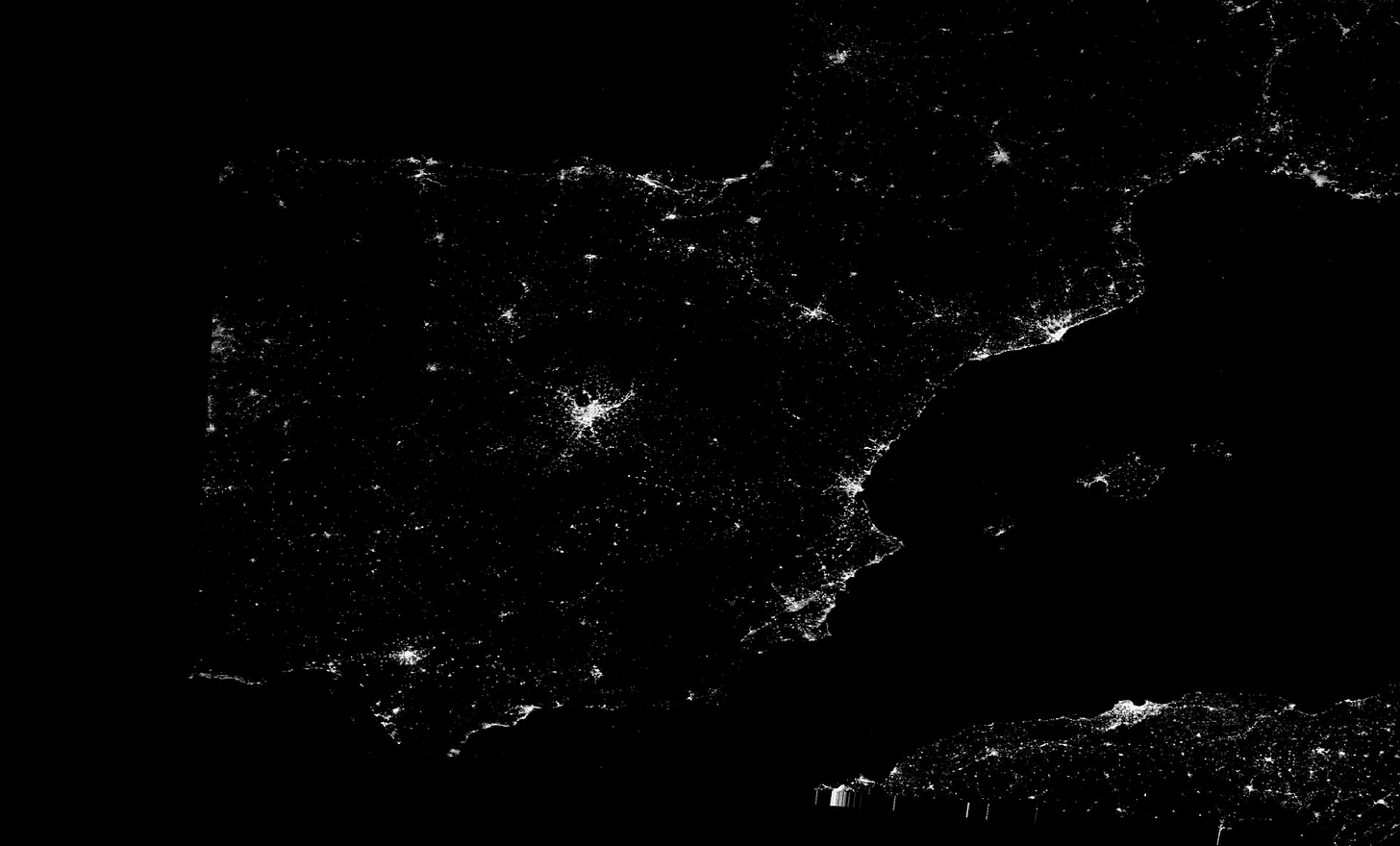National grid operator had warned of blackout risk
The Spanish government revealed this week that three power generation failures were identified in Badajoz, Seville, and Granada, just seconds before the April 28 blackout.

REN, Portugal’s national electricity grid operator, had anticipated months earlier the April 28 blackout, which disrupted airports, halted public transport, caused traffic gridlocks, and led to fuel shortages.
However, state authorities failed to act in time, delaying essential investments that could have prevented the blackout.
In its December 2024 investment plan, REN explicitly warned of the risk of a blackout, using the term three times in its official proposal for the Plano de Desenvolvimento e Investimento da Rede de Transporte de Eletricidade (PDIRT).
The company recommended a €1.7 billion investment between 2025 and 2034 in equipment designed to stabilize the national grid and prevent frequency imbalances caused by mismatches between electricity production and consumption.
This proposed investment was more than double the previous decade’s plan, but REN insisted it would not lead to higher costs for consumers.
Despite these clear warnings, the plan still awaits regulatory approval, caught in bureaucratic delays.
While the proposal was under public consultation in early 2025, the energy regulator ERSE has yet to issue a required opinion — a necessary step before government approval.
As explained in the plan, frequency variations in the grid can trigger protection mechanisms that disconnect generation or consumption units, potentially resulting in total grid failure.
To mitigate this, REN proposed installing two synchronous compensators in southern Portugal to address critical inertia deficits during imbalances.
However, REN noted that the final decision on those installations depended on further monitoring and the establishment of technical thresholds — which, at the end of 2024, still awaited definition by ENTSOE, the European grid coordination body.
Following the blackout, energy experts have emphasized available technical solutions to enhance the grid’s resilience, especially as solar and wind energy penetration increases.
These include equipping solar plants with grid-forming inverters, which set their own frequency rather than relying on the grid’s.
A recent study by Inesc Tec highlighted other measures: probabilistic methodologies, power stabilizers, expanded reserve markets, and revised protection parameters for wind and solar farms to prevent unnecessary disconnections during minor frequency fluctuations.
Ultimately, while April’s blackout had immediate and visible impacts, it also exposed a more systemic issue: Portugal’s failure to act on expert warnings and modernize its electricity infrastructure in time.
Origins
Meanwhile, the Spanish government confirmed on Wednesday that three power generation failures in Granada, Badajoz, and Seville occurred just seconds before the April 28 blackout that left mainland Spain and Portugal without electricity.
Energy Minister Sara Aagasen told parliament that millions of system data points are still under analysis, though initial reviews rule out grid size, reserve shortages, or coverage issues.
She also noted two power and frequency oscillations between the Iberian grid and continental Europe occurred shortly before the outage.
The blackout, which originated in Spain, remains under investigation. The ENTSO-E had previously confirmed abnormal fluctuations half an hour before the failure.
The Spanish government has launched a commission to examine the event, while Prime Minister Pedro Sánchez pledged full transparency and accountability.
In parallel, the CNMC is conducting its own probe, including how the power was restored.
The regulator warned that serious violations could lead to fines of up to €60 million, license revocations, or other sanctions.
Additionally, Spain's judiciary is investigating whether a cyberattack could have caused the blackout.



